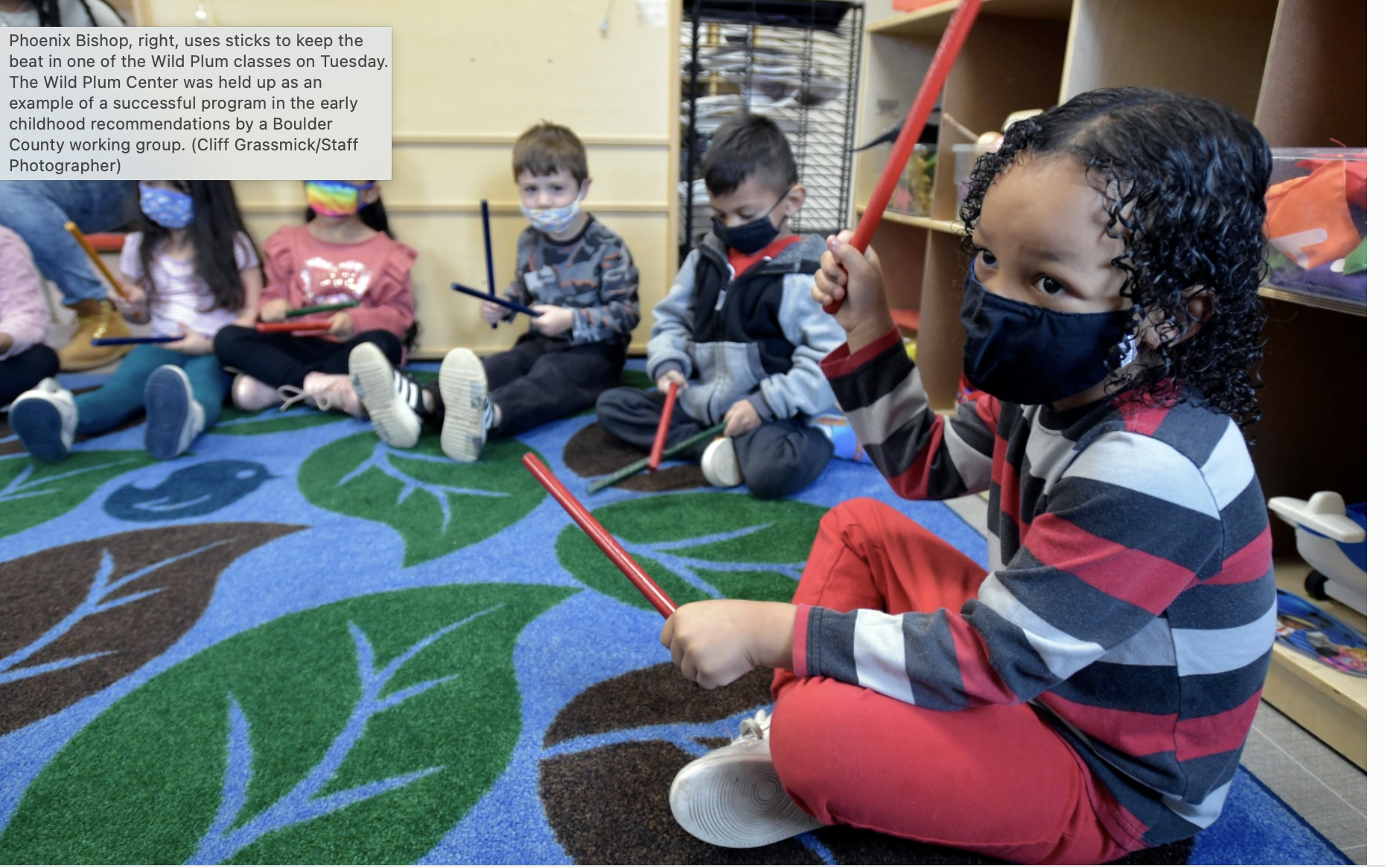Daily Camera: Providing direct cash assistance to low-income families, investing in affordable housing projects and creating a mental health community response team are among the proposed Boulder County projects to address disparities exposed by the pandemic.
Three working groups, tasked with developing ideas to spend the just over $63 million in American Rescue Plan Act relief money allocated to Boulder County, presented their final recommendations at a virtual meeting Tuesday.
The Boulder County commissioners plan to use the recommendations to decide how to distribute the money. The three topic areas they want to address are economic challenges, housing affordability and mental health and social resilience. Those areas were identified through community feedback, with a focus on prioritizing the needs of those disproportionately impacted by the pandemic, according to county staff members.
The economic challenges working group is proposing creating a grant program to support small business and nonprofit organizations, providing direct cash assistance to low-income families and creating an early childhood community village in Longmont.
he group is requesting $7.5 million for competitive business and nonprofit grants, with a goal of awarding the money in summer 2023. The plan is to give 15 entities that directly support businesses $100,000 each, 400 small businesses $10,000 each and 40 nonprofits $50,000 each.
For the direct cash assistance, the group wants to follow the federal child care tax credit model, giving $300 a month per child to low-income families with children ages 0 to 3, for up to two years. Families also would receive support with navigation and referrals to child care options and other services.The grants would target businesses in higher poverty areas, with requirements that include a commitment to provide high quality jobs that pay a living wage with benefits. Uses for the grant money could include increasing employee pay and hiring underrepresented community members.
Families would not be limited in how they could spend the money, allowing them to pay for child care, food, basic needs or to support staying home to care for their children. The families would be identified through community organizations. Read more>>

